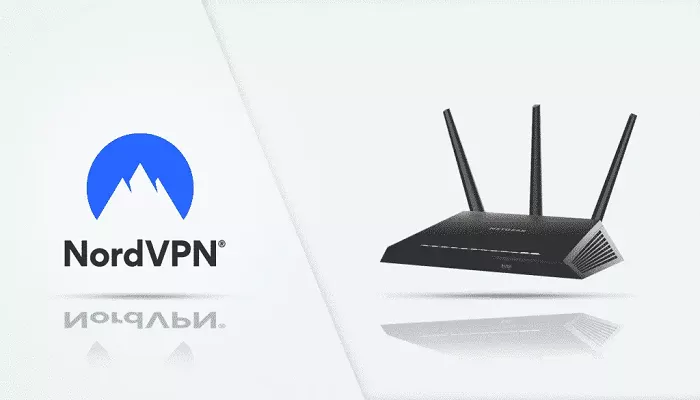Using a VPN on your router ensures that all devices connected to your network benefit from encrypted internet traffic. NordVPN is a popular choice for this purpose due to its robust security features and extensive server network. This guide will walk you through the steps to set up NordVPN on your router, ensuring a secure and private browsing experience for all your devices.
Why Set Up NordVPN on Your Router?
Installing NordVPN on your router offers several advantages:
- Network-Wide Protection: All devices connected to your router, including those that don’t support VPN apps, will benefit from VPN protection.
- Bypass Geo-Restrictions: Access content and services that may be restricted in your region.
- Enhanced Privacy: Encrypt your internet traffic, protecting your data from potential eavesdroppers.
- Convenience: No need to install VPN apps on individual devices.
Checking Router Compatibility
Before proceeding, ensure your router supports VPN functionality:
- OpenVPN Support: Your router must support the OpenVPN client to configure NordVPN.
- Firmware Compatibility: Routers running firmware like DD-WRT, Tomato, or AsusWRT are typically compatible.
- Manufacturer Documentation: Refer to your router’s manual or manufacturer’s website for VPN support details.
If your router doesn’t support VPN functionality, consider purchasing a VPN-compatible router or flashing your current router with compatible firmware.
Preparing for Setup
Before configuring NordVPN on your router, gather the following:
- Active NordVPN Subscription: Ensure your NordVPN account is active.
- Service Credentials: Log in to your NordVPN account, navigate to the dashboard, and under ‘Manual Setup,’ find your service username and password.
- Configuration Files: Download the OpenVPN configuration files for your desired server locations from the NordVPN website.
Setting Up NordVPN on Different Routers
Asus Routers with AsusWRT Firmware
- Access your router’s control panel by typing 192.168.1.1 or router.asus.com into your web browser.
- Log in with your username and password.
- Navigate to VPN in the left-hand menu.
- Click on the VPN Client tab.
- Click Add Profile and select the OpenVPN tab.
- Fill in the necessary details:
- Description: Enter a name for the connection.
- Username: Your NordVPN service username.
- Password: Your NordVPN service password.
- Upload the .ovpn configuration file you downloaded earlier.
- Click OK to save the profile.
- Click Activate to start the VPN connection.
TP-Link Routers
- Log in to your TP-Link router’s web interface.
- Navigate to the VPN section.
- Select OpenVPN and enable it.
- Upload the .ovpn configuration file.
- Enter your NordVPN service username and password.
- Save the settings and connect to the VPN.
DD-WRT Firmware Routers
- Access your router’s admin panel.
- Navigate to Services > VPN.
- Enable OpenVPN Client.
- Fill in the required fields using information from the .ovpn file.
- Enter your NordVPN service credentials.
- Apply the settings and start the VPN connection.
Testing Your VPN Connection
After setting up NordVPN on your router, verify the connection:
- Check IP Address: Visit a website like WhatIsMyIP to confirm your IP address has changed.
- DNS Leak Test: Use a DNS leak test tool to ensure your DNS requests are secure.
Troubleshooting Common Issues
- Connection Drops: Ensure your router’s firmware is up to date and that your internet connection is stable.
- Slow Speeds: Try connecting to a different NordVPN server closer to your location.
- Cannot Access Certain Websites: Some websites may block VPN traffic. Consider using NordVPN’s obfuscated servers.
Conclusion
Setting up NordVPN on your router is a powerful way to secure your entire network. By following the steps outlined in this guide, you can ensure that all your devices benefit from encrypted internet traffic, enhanced privacy, and the ability to bypass geo-restrictions. Always refer to NordVPN’s official support resources or contact their customer service for assistance tailored to your specific router model.


